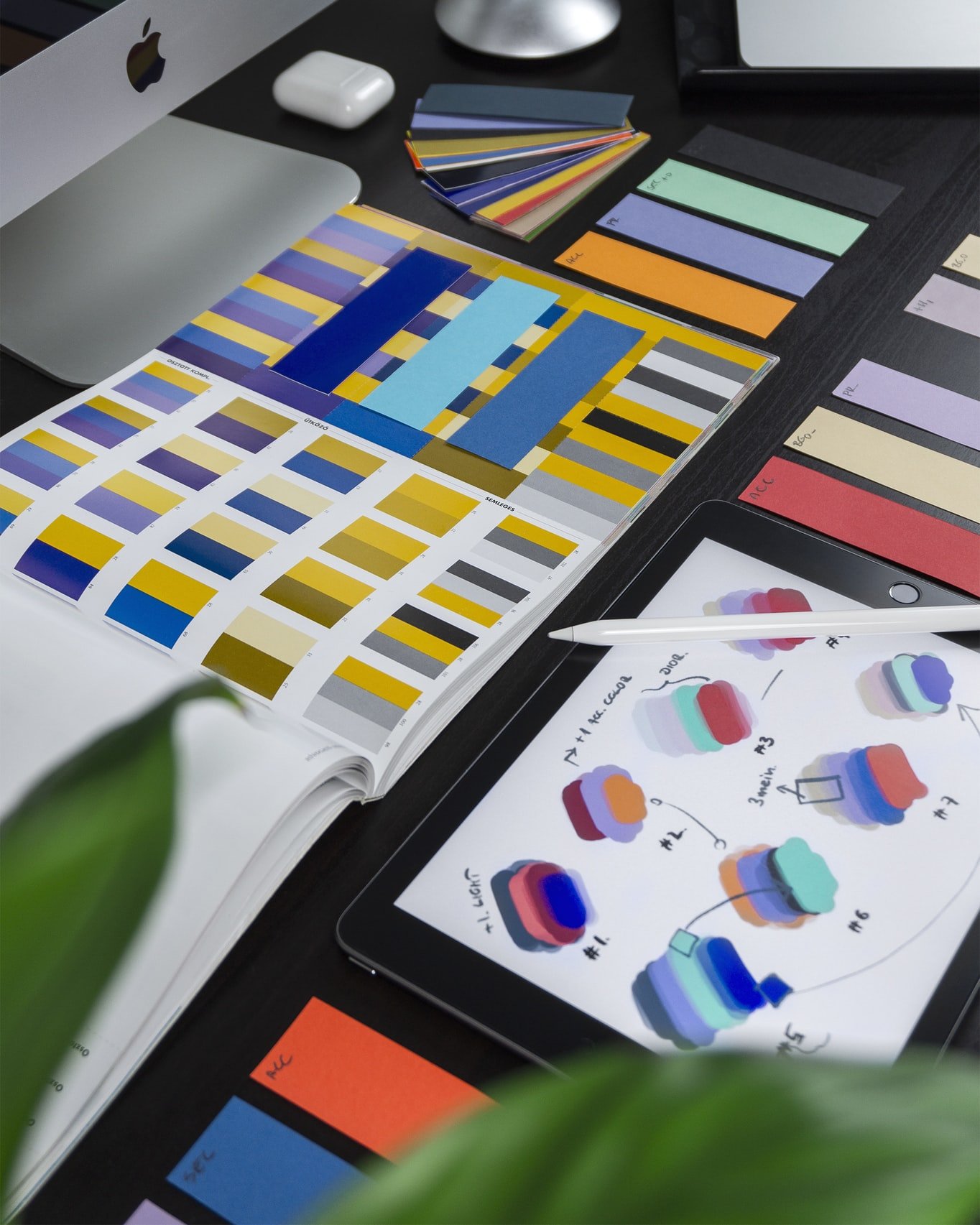
Web design plays a massive role in terms of determining the user experience and overall satisfaction. If you want to ensure that your website does its job of improving your image and growing the business, you have to pay special attention to your web design. The technical aspects and overall functionality of the site is only one part of the experience.
Using colours with intention and purpose is critical in web designing. It can evoke meaning, emotions and inspire a connection between your brand and the user.
In this article, we will discuss a few tips on using colour theory in web designing.
Here’s what you need to know:
Consider the Context
Both artists and non-artists alike are aware of the power of colours on some level. Every colour can mean different things for different people. But in terms of culture and society, some colours have deep-rooted meanings that can either help your brand or hurt it.
When designing your website, it’s essential to consider the significance of certain colours in the area or your target demographic. For example, today, in 2021, pink is regarded as a colour for empowerment. While it’s long been used to symbolise femininity, it’s become more of a universal colour to celebrate women empowerment in these modern times.
The most significant shade of pink used for this context is fuchsia pink. Another example is the colour red. In most Western cultures, it’s a colour used to communicate alarm, warning, or danger. Meanwhile, in Eastern cultures, it signifies luck, prosperity, and other positive connotations. Of course, it’s also a pretty universal symbol of love and anger.
The many meanings of each colour in various contexts are essential to keep in mind when choosing the colours for any brand tool, material, and especially the website.
Create Your Own Colour Palette
Context is everything, and once you have a good grasp of your purpose and desire to message, it’s easier to get started. You can begin creating your colour palette. In the digital world, a colour palette refers to the full range of colours that can be seen on your material and, in this case, your website.
There are plenty of wonderful colours out there, and again, each one has its meaning and evokes a different kind of emotion. But when combined and used side by side with other material and content, it tells a definitive story, your brand’s story.
Start by choosing the brand’s primary colour. Of course, it’s important to consider whether the website is coming together while the brand is being built, afterwards, or redesigned. If you already have an established brand, you will have to follow the colours that are already available. You could choose to redesign, but that has its own set of pros and cons.
Your colour palette should represent your brand’s image, messaging, and overall story at the end of the day. If you’re wondering whether it’s possible to convey all that with just a few colours, yes, it is. That is why colours play such a big role in the success of your website.
Colour palette types:
- Analogous
- Monochromatic
- Triad
- Complementary
- Split complementary
Summary
Your website’s art, visuals, and aesthetics also have a massive impact on how a person feels and interacts with your brand. When it comes to design, every element matters, one thing that people can sometimes take for granted is the colours of your website. Understandably, you might be more focused on images and the like, but colours have a more profound impact.
Colours have the power to evoke emotion and establish connections with your audience. If you want to improve customer experience and satisfaction with your website, it’s essential to consider the colours you’re using for the web design. Make sure to be intentional and purposeful with every colour used.
If you want to take your website to the next level, use colour theory in your web design. We can help you by providing the best website design services! The SEO Room is an Australian-based website design, SEO, and marketing agency located in Perth. We provide the tools and solutions your brand needs to achieve greater heights.


